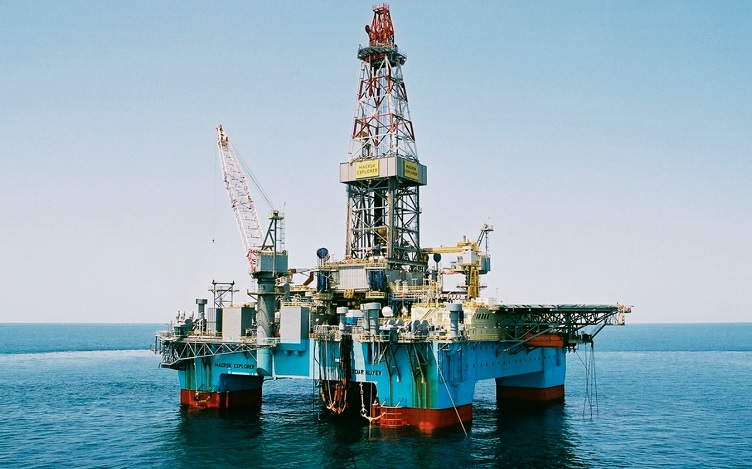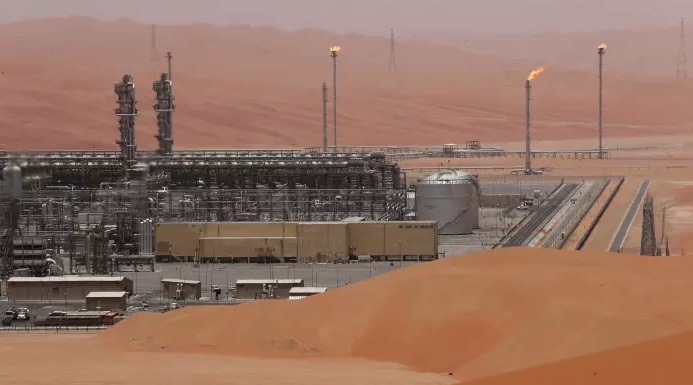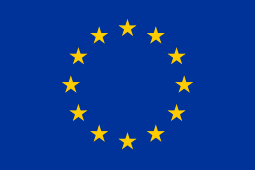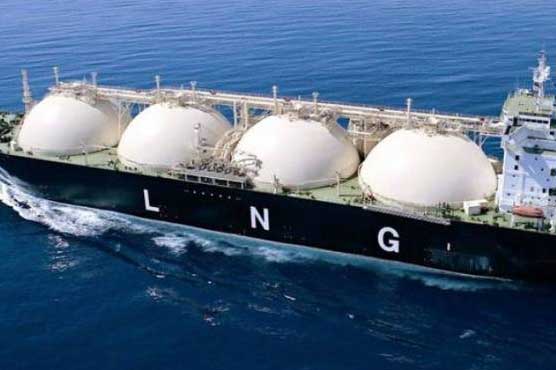Gazprom Q2 profit jumps to $3.8bn on rising energy prices, sales



Russian gas giant Gazprom reported a surge in second-quarter net profit, beating analysts’ expectations, as it benefited from rising energy prices.
It said second-quarter net profit jumped to 259bn roubles ($3.8bn), from 48bn roubles in the year-earlier period and above a forecast of 228bn roubles in a Reuters survey of analysts. Gazprom’s shares were up 1.1% after the results, outperforming the broader Moscow stock market, which was 0.8% higher. Gazprom shipped more than 101bn cubic metres of natural gas to the EU and Turkey in the first half of the year, up 6% year-on-year and accounting for around a 34% share of Europe’s gas market. It said its average gas export price rose by a quarter to 13,858 roubles per 1,000 cubic metres in the first half of this year. Total sales in April-June increased to 1.83tn roubles, from 1.39tn roubles in the second quarter of 2017.
Petrofac Profits at UK oilfield services provider Petrofac Ltd rose 20% in the first half of 2018 as a recovery in global crude prices drove activity, although the company said it remained some way off being able to raise prices.
The results bode well for a refocusing on core business after a diff icult period marred by investments in production that fell afoul of the 2014 collapse in oil prices. The company’s main measure of profit rose to $190mn compared to $158mn a year earlier, excluding a $207mn charge for losses on oil asset sales and helped by some of its remaining upstream businesses swinging into the black. Chief financial off icer Alastair Cochran told Reuters that Petrofac would continue on a course that has seen it agree sales of $800mn in mostly oil-producing assets this year. “We are delivering on that core strategic ambition of reducing capital intensity (and) … the capital-intensive businesses in Petrofac are the IES (Integrated Energy Services) upstream businesses,” he said. “There is not much left in the portfolio once we complete these divestments.” Petrofac shares fell 41% last year, but have rebounded 30% this year as chief executive Ayman Asfari delivered on his promise to get back to basics. He has been helped by a tripling of oil prices since 2016.
“Petrofac had a helping hand from higher oil prices in the first half of the year,” said Nicholas Hyett, equity analyst at Hargreaves Lansdown. “That’s not really how it’s meant to work as a services business, but Petrofac actually has a decent slug of oil and gas assets of its own – $794mn to be exact.” Cochran echoed comments from larger rival Wood Plc last week on weak pricing outside the booming US shale sector, saying Petrofac expected no near-term increase in prices.
The company, which designs, builds, operates and maintains oil and gas facilities, said its order book had risen 22.2% to $3.3bn at the end of the first half. It said it was looking at bidding opportunities of about $34bn in the next 12 months.
Lukoil Russia’s second-largest oil producer, Lukoil, reported a 20% rise in second-quarter net profit helped by stronger oil prices and a weaker rouble. Net profit came in at 167.3bn roubles ($2.5bn) for the second quarter. Analysts, polled by Reuters, had expected a net profit at 171bn roubles. Lukoil, controlled by Vagit Alekperov and his deputy Leonid Fedun, said its earnings were supported by higher sales despite a decline in oil production after a global oil deal to curb output. Sales in the second quarter increased to 2.06tn roubles, from 1.36tn roubles a year earlier. Earnings before interest, taxes, depreciation and amortisation (EBITDA) rose to 295.2bn roubles, from 179bn roubles in the same period of 2017. Lukoil also said its adjusted free cash flow jumped in the April to June quarter by more than 65% to a record 152bn roubles.









